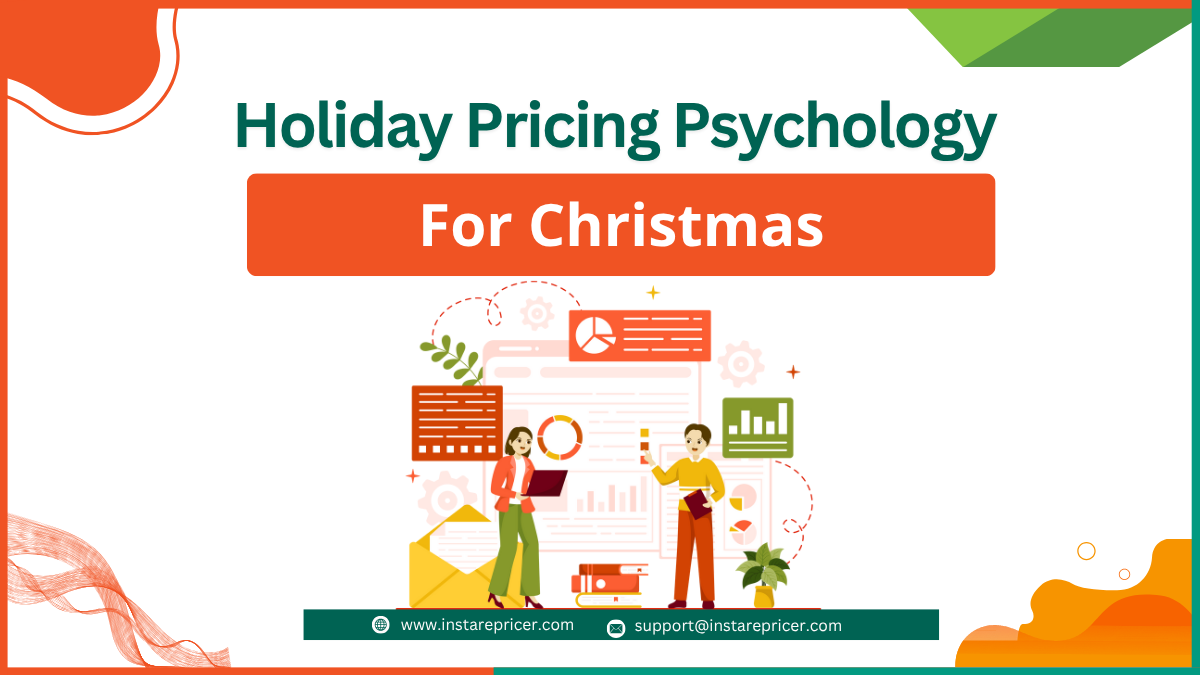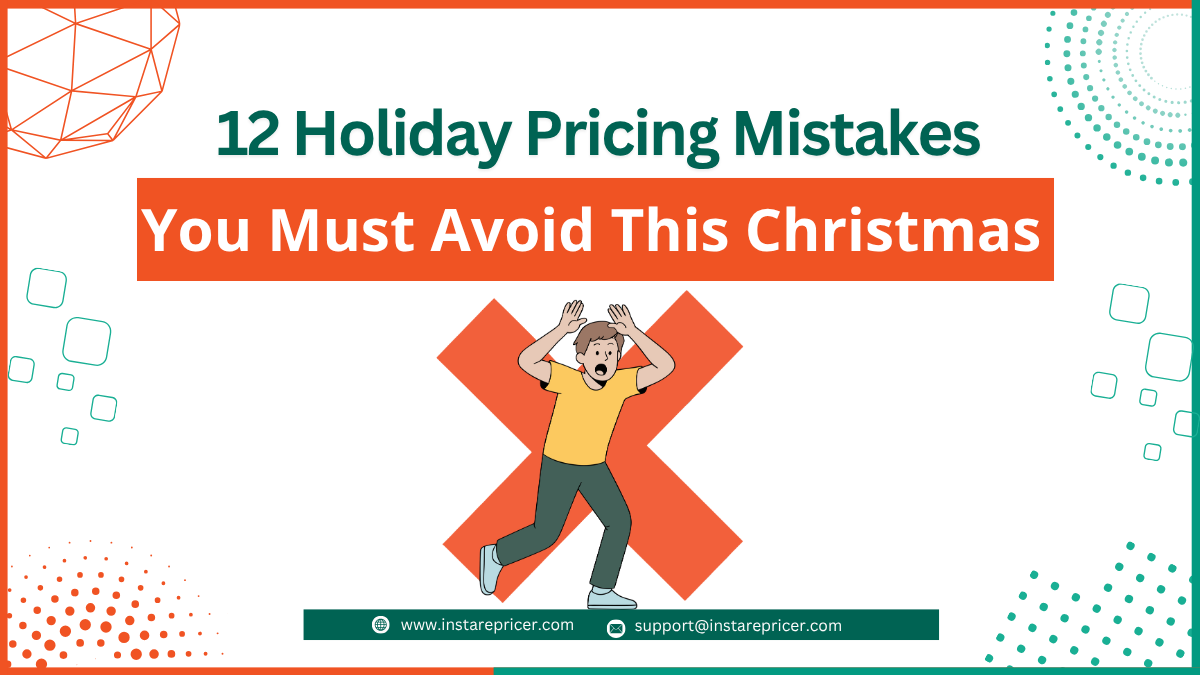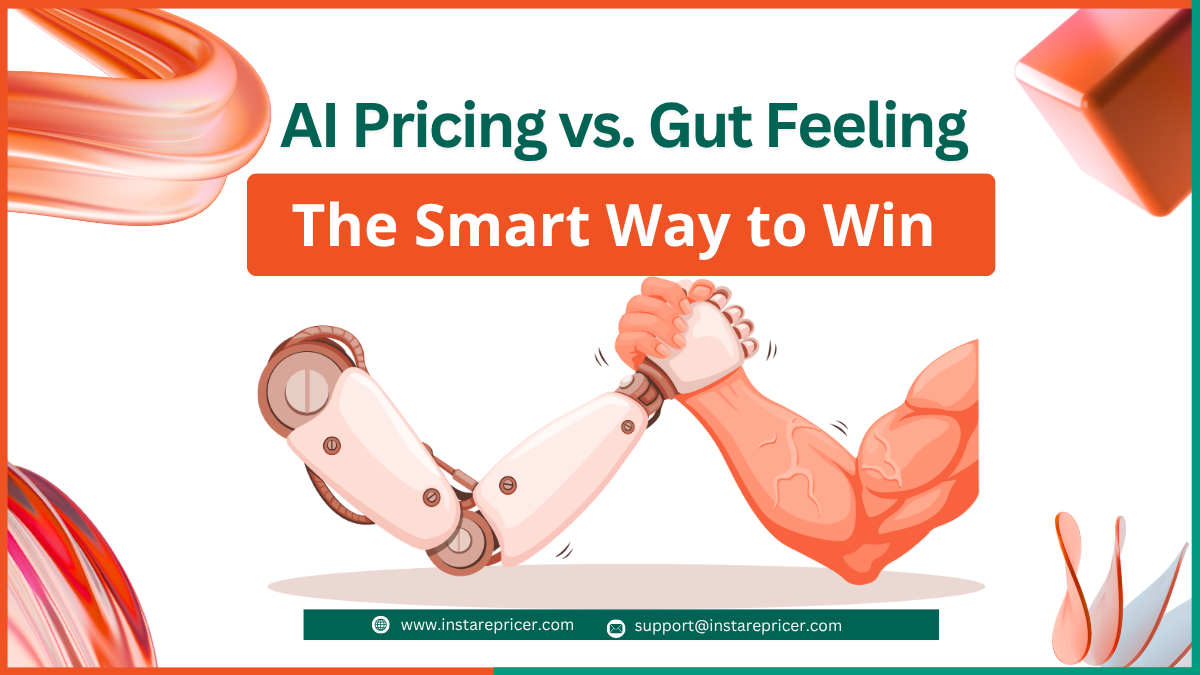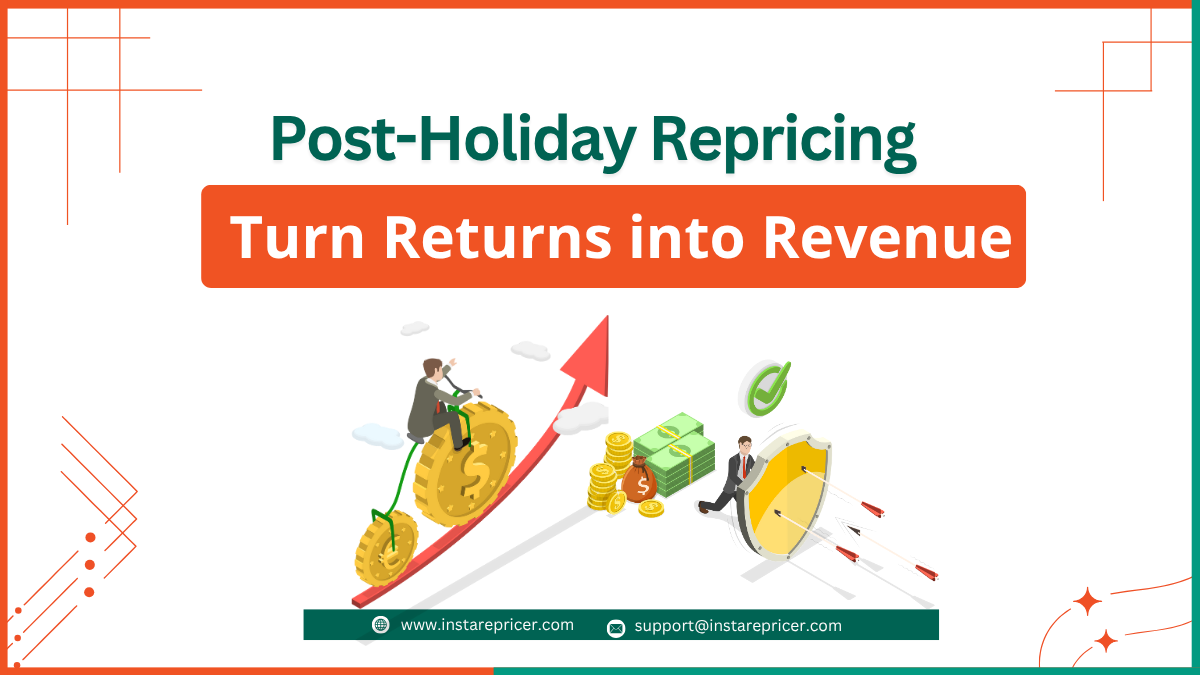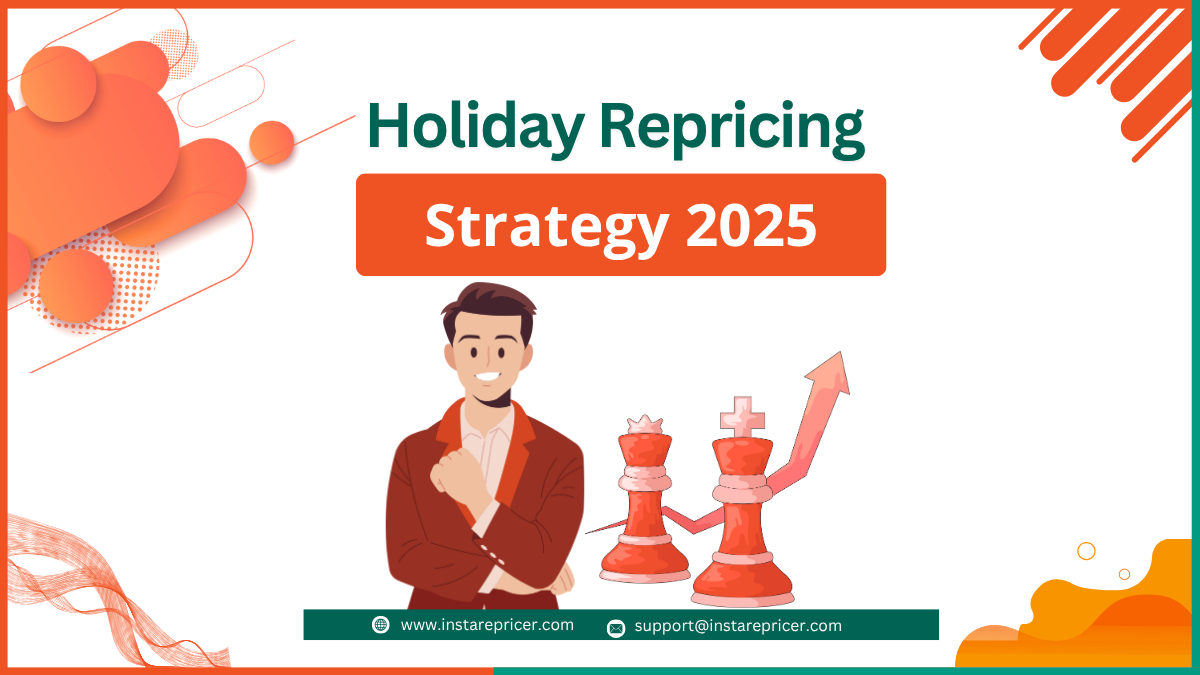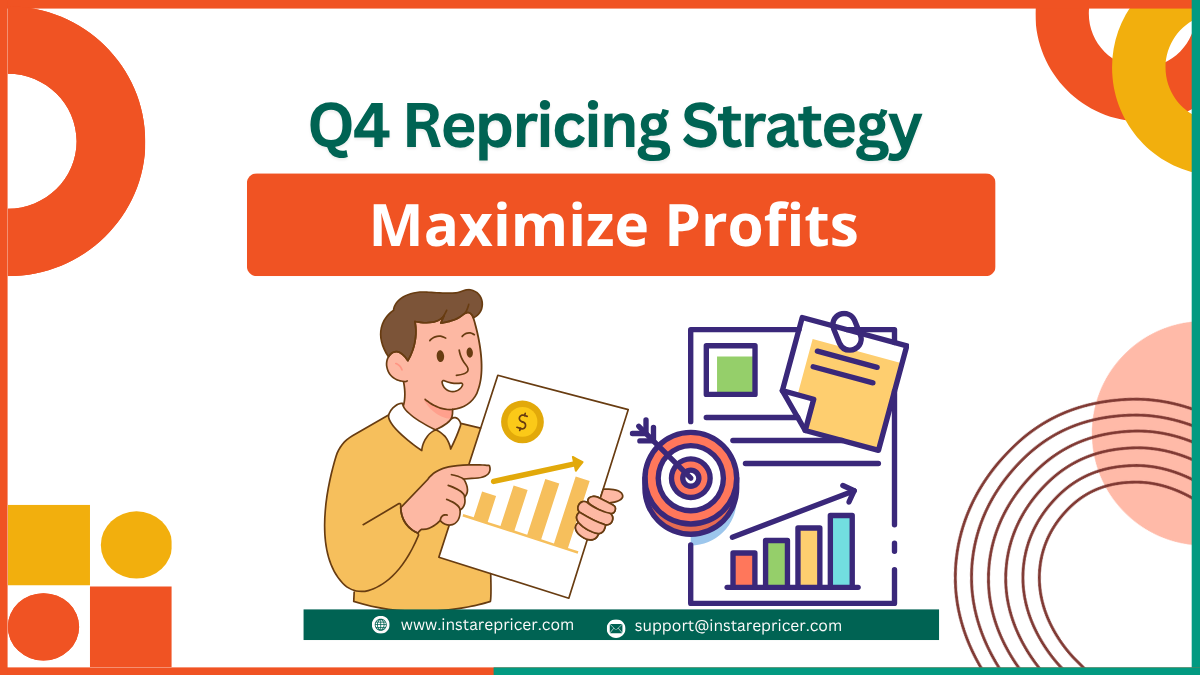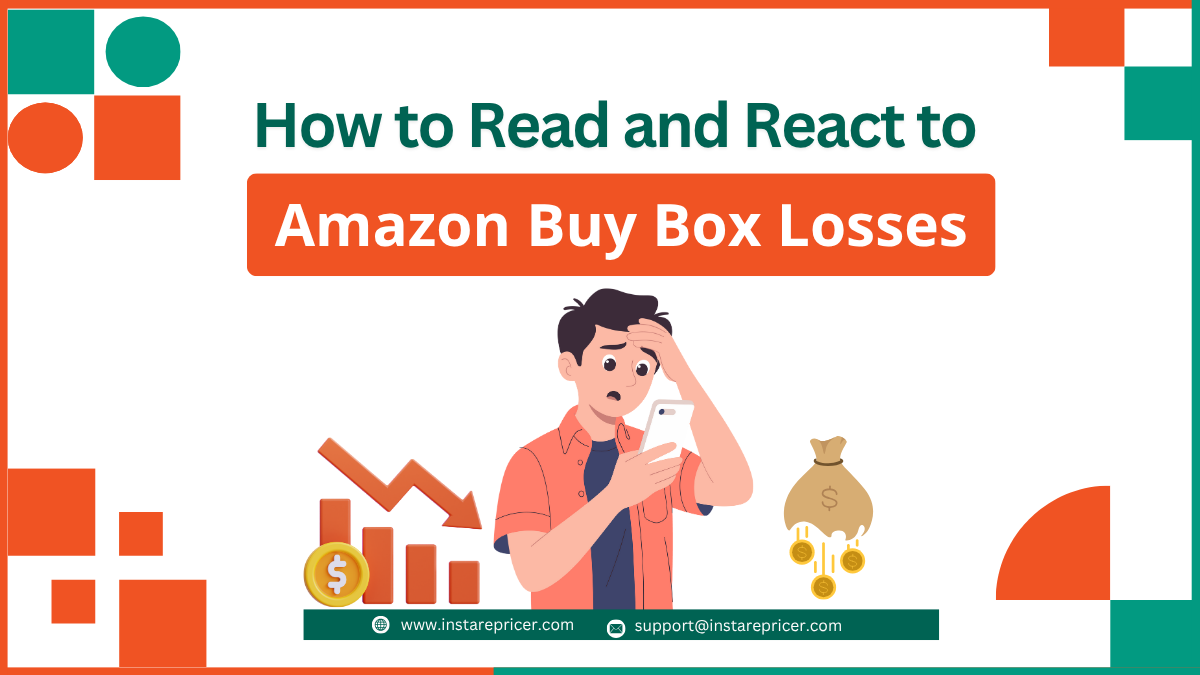Introduction: Holiday Pricing Psychology
The holiday season transforms Amazon into one of the most emotionally charged marketplaces on the planet. Shoppers aren’t just buying products they’re buying feelings: joy, relief, status, belonging, nostalgia, and the satisfaction of grabbing a “limited-time deal before someone else gets it.”
Understanding holiday pricing psychology isn’t optional anymore. It’s the backbone of winning the Buy Box, increasing conversions, and maximizing Q4 profitability especially when competitors are aggressively repricing every hour.
Below is a data-backed exploration of what actually drives buyers to click Buy Now and how you can use pricing tactics to capitalize on those emotional triggers.
1. Holiday Shoppers Aren’t Rational, They’re Emotional
During Christmas shopping, buyers experience:
- Time pressure (“I need it before the 24th!”)
- Fear of missing out (“What if the price increases?”)
- Comparison overload (too many similar products)
- Gift anxiety (“I hope this is the right one…”)
This emotional cocktail makes them respond strongly to small pricing signals.
This is where holiday pricing psychology kicks in:
Shoppers interpret prices emotionally, not logically.
2. Price Anchoring: The Trick That Makes Any Deal Look Better
Anchoring works best during gifting season because customers browse fast.
Example:
- Original Price: $49.99
- Your Sale Price: $31.80
Even if competitors are selling at $29.99, your listing looks like the better deal because your anchor price is stronger.
When your repricer maintains smart anchor gaps, shoppers feel like they’re getting a premium discount, not a cheap product.
3. Urgency Pricing: Deadlines Trigger Fast Checkout
Holiday buyers don’t like uncertainty especially with delivery dates.
Pricing tied to urgency increases conversions by 18–35% (industry average).
Examples:
- “Deal ends in 2 hours”
- “Only 4 left in stock, more on the way”
- “Holiday delivery guaranteed if ordered within 1 hour”
When your repricer adjusts pricing dynamically during low-stock moments or competitive surges, you create psychological triggers that force faster decision-making.
This is pure holiday pricing psychology at work, urgency + scarcity = immediate action.
4. Odd–Even Pricing Creates Trust During the Holidays
Shoppers trust odd prices (like $17.97) more during gifting season because they feel “accurate,” while rounded prices feel “marked up.”
Even a small switch can boost conversions at scale, especially on mid-ticket items.
5. Competitor Context Shapes Buyer Perception
Holiday buyers don’t analyze data. They skim.
Your price compared to the top 3 competitors becomes their “mental shortcut.”
If your repricer:
- positions you just slightly below emotional thresholds
- maintains a competitive but profitable gap
- adjusts faster than other sellers
… then you win the psychological battle before shoppers even finish scrolling.
That’s why smart sellers rely on automation instead of gut instinct.
6. Emotional Price Stability Matters
During Christmas, shoppers hate price shock.
If your price jumps too sharply or too often, they feel manipulated and bounce.
A good repricer uses smooth, behavior-aware adjustments to maintain trust.
This is one of the most underused elements of holiday pricing psychology.
7. Social Proof + Smart Pricing = Instant Buy
Nothing triggers a faster purchase than a combo of:
- strong reviews
- fast shipping
- a “feels-like-a-deal” price
If your repricer keeps your price competitive during peak review traffic, your Buy Box share rises because shoppers subconsciously merge “good price” + “good ratings” into one decision.
Impact of Holiday Pricing Psychology on Amazon Conversions
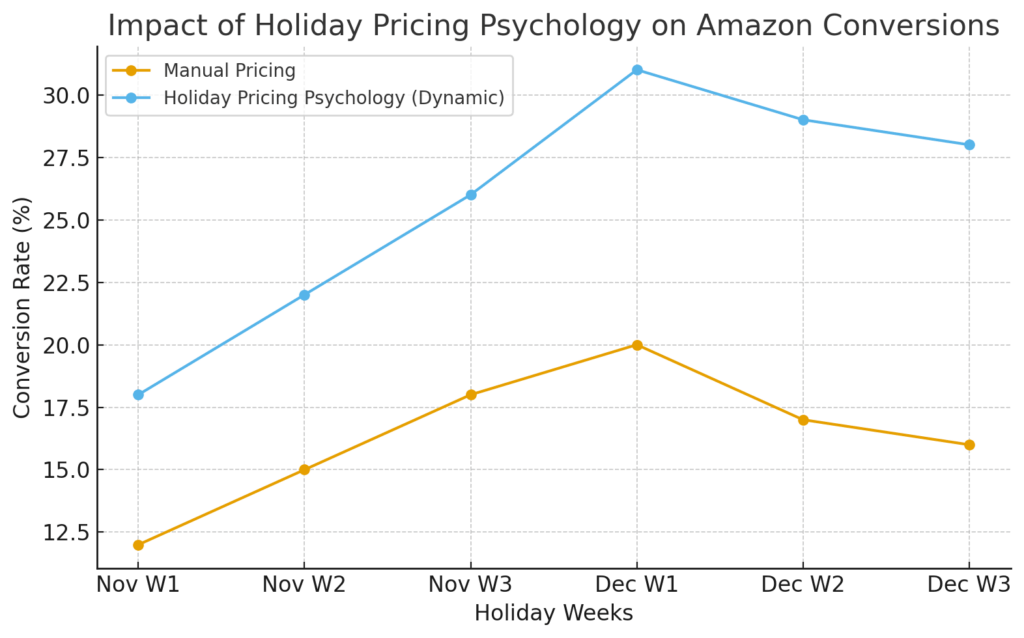
Holiday shoppers are highly emotional buyers, and data shows that strategic pricing dramatically increases their likelihood to purchase. The chart below compares sellers using manual pricing vs. those applying holiday pricing psychology tactics such as urgency triggers, price anchoring, charm pricing, and dynamic repricing.
Key insights from the data:
- Dynamic psychological pricing leads to 30–40% higher conversions during peak December weeks.
- Urgency-driven buyers respond 2–3× faster to repriced offers.
- Emotional shoppers convert more when prices feel “justified” through anchoring and decoy offers.
Holiday pricing psychology is not just a tactic, it’s a measurable conversion accelerator.
Conclusion
Mastering holiday pricing psychology isn’t about lowering prices it’s about aligning your pricing strategy with buyer emotions: urgency, trust, perceived savings, fear of missing out, and the comfort of choosing the “safe” option during chaotic shopping days.
When you combine emotional pricing tactics with AI-powered repricing, you gain a real advantage:
You price perfectly for both the shopper’s mind and the Amazon algorithm.

